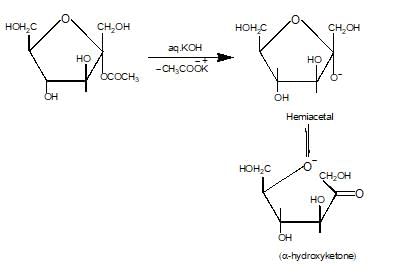Biomolecules & Amines - Class 12 MCQ
30 Questions MCQ Test - Biomolecules & Amines
The reagent which form crystalline osazone derivative when treated with glucose is:
The bond that determines the secondary structure of a protein is:
| 1 Crore+ students have signed up on EduRev. Have you? Download the App |
Among the following compounds which one will produce a Schiff base on reaction with cyclopentanone?
Ring structure of glucose is due to formation of hemiacetal and ring formation between
Which of the following gives an opticaly inactive aldaric acid on oxidation with dilute HNO3 acid?
A tripeptide is written as glycine-Alanine- Glycine. Th correct structure of tripeptide.
Arrange the following compounds in decreasing order of their basic character :
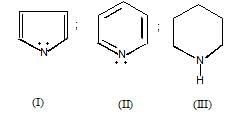
What is the end product in the following sequence of reaction ?

Arrange the following amines in order of increasing basicity :
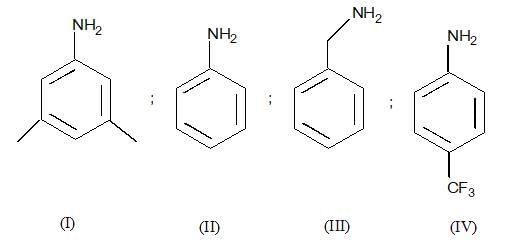
Arrange the following: CH3NH2(I) ; (CH3)2NH(II) ; C6H5NH2(III) and (CH3)2N (IV) in increasing order of basicity in aqueous medium :
Which of the following reaction will not give primary amine ?
Which of the following compounds exists as non-resovable racemic mixture?
Which of the following molecules is capable of forming zwitter ion?
Which of the following statements about ribose in incorrect?
The reaction of p-aminophenol with one mole of acetyl chloride in presence of pyridine gives:
Which of the following compounds will behave as a reducing sugar in an aqueous KOH soution?





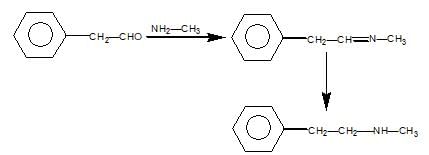

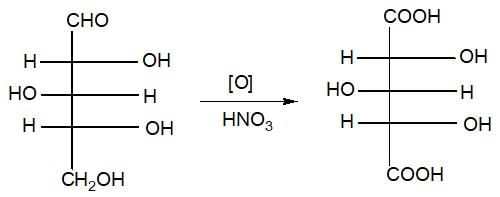
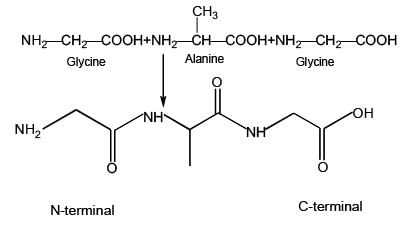

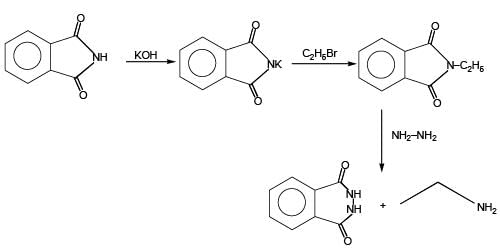





 the product A is :
the product A is : 


